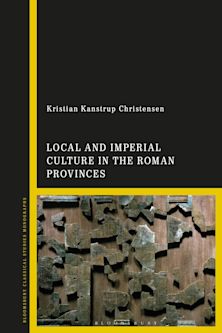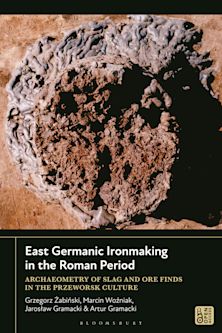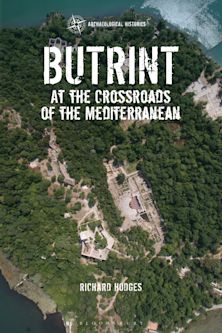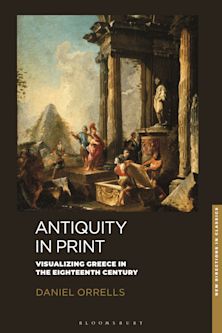- Home
- ACADEMIC
- Archaeology
- Classical Archaeology
- Roman Frontiers in Britain
Roman Frontiers in Britain
You must sign in to add this item to your wishlist. Please sign in or create an account
Description
Hadrian's Wall and the Antonine Wall defined the edge of the Roman Empire in Britain. Today, the spectacular remains of these great frontier works stand as mute testimony to one of the greatest empires the world has ever seen. This new accessible account, illustrated with 25 detailed photographs, maps and plans, describes the building of the walls, and reconstructs what life was like on the frontier. It places these frontiers into their context both in Britain and Europe, examining the development of frontier installations over four centuries.
Designed for students and teachers of Ancient History or Classical Civilisation at school and in early university years, this series provides a valuable collection of guides to the history, art, literature, values and social institutions of the ancient world.
Table of Contents
Acknowledgements
Preface
1. The Sources
2. The Roman Army
3. Before the Walls
4. Hadrian's Wall
5. The Antonine Wall
6. Hadrian's Wall Re-occupied
7. Life on the Frontier
8. The End of Empire
Sites to Visit
Select List of Roman Emperors
Suggestions for Further Study
Suggestions for Further Reading
Index
Product details
| Published | Oct 10 2013 |
|---|---|
| Format | Ebook (PDF) |
| Edition | 1st |
| Extent | 128 |
| ISBN | 9781472538703 |
| Imprint | Bristol Classical Press |
| Series | Classical World |
| Publisher | Bloomsbury Publishing |
About the contributors
Reviews
-
...this introduction to the subject manages to be comprehensive and is written in a simple prose style that reflects the author's undimmed enthusiasm for his theme. It has the potential to inspire a new generation with an interest in Roman Frontier Studies.
Tony Wilmott, English Heritage, Britannia
-
Breeze's work is one of the most efficient presentations of the Roman frontiers in Britain. In the short space of ninety-nine pages the author does an exceptional job of introducing the major topics, areas of research, and debates surrounding this subject. Breeze's prose is readable and his narrative flows well. Furthermore, the book is organized with many sub-headings within its chapters, allowing the pace of the book to move at an appropriate rate. The book contains numerous maps, drawings, and photographs. [A]n excellent book.
The Classical Bulletin, Vol 85, Number 1 & 2, 2010


































